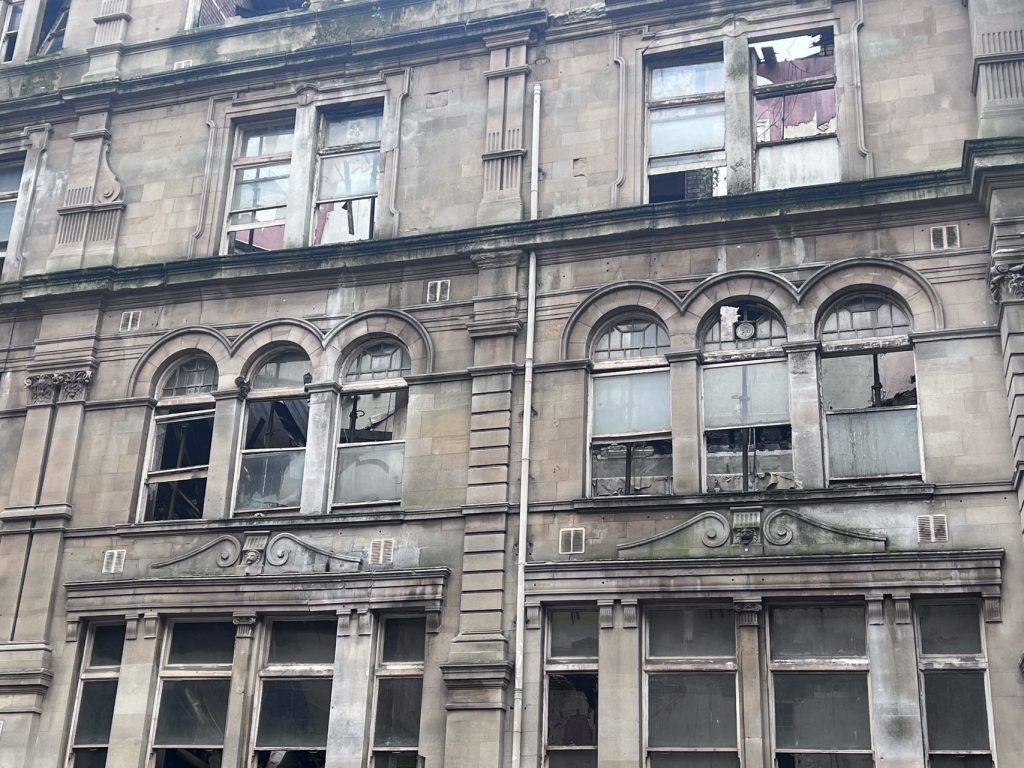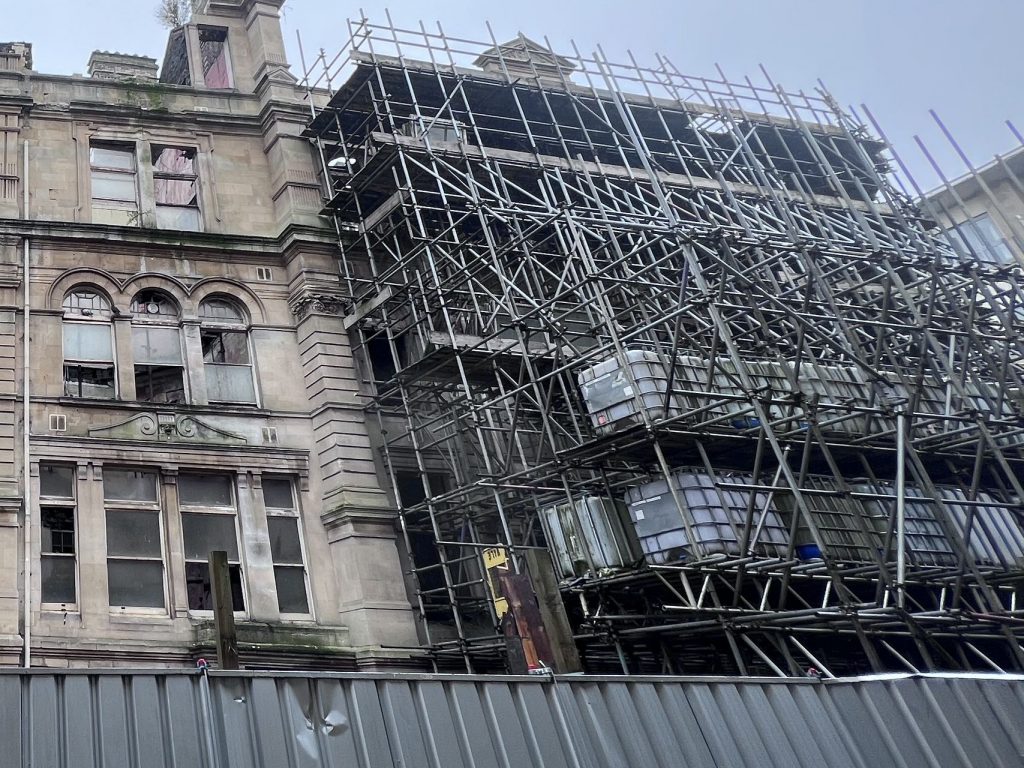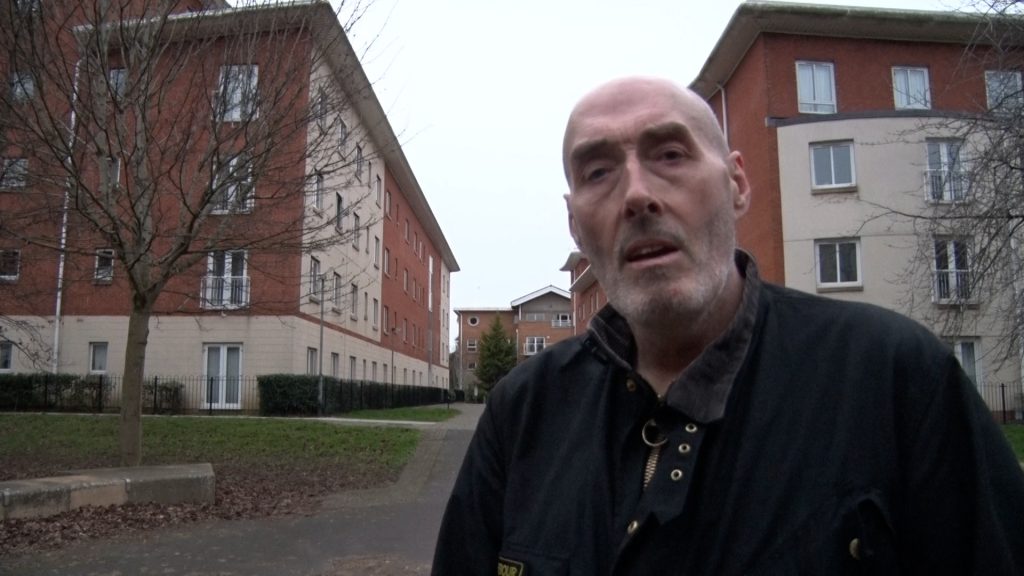It was the first place in the world where a million pound cheque was signed.
The Coal Exchange is a historic building in Cardiff and was designed in the Renaissance style. With Cardiff becoming the largest coal port in the world, the building was built by Edwin Seward between 1884 and 1888 as a base from which to conduct trade negotiations concerning the coal mines of the South Wales Valleys.
The building played an important role in Cardiff’s industry in the past. The Coal Exchange, which was last used as a hotel, dates back more than 130 years, but has structural problems.

The owners of the Coal Exchange issued a notice on last month saying it would be closed for a fortnight. But it is now in its third week, customers’ orders for April have reportedly been cancelled. The main reason for the closure is structural damage caused by a water leak.

From the outside, it appears to be in a state of partial disrepair, but on closer inspection, the interior has been gutted. Part of the building will be rebuilt, but it’s unclear whether it will look exactly the same as it did before.

Some local residents say they are concerned about the condition and safety of the building. Alexandra Maneta says “I don’t approve of the building being demolished”.

Mark Davies says “The hotel has not been open for a long time and is now facing security issues.”

Cardiff Council said the damage to the building meant parts of it would need to be demolished. Demolition work has now started to remove the badly damaged parts of the building. Council members have also made their attitudes and difficulties clear in the hope that heritage culture can be preserved.
John Lancaster, Welsh Conservative Councillor says” The Coal Exchange has to make sure it can be maintained, but there are difficulties in terms of funding as it needs money to do so.”

Cardiff Civic Society say the Coal Exchange should be cherished but that no one seems to be responsible for such an important part of the city’s history.

